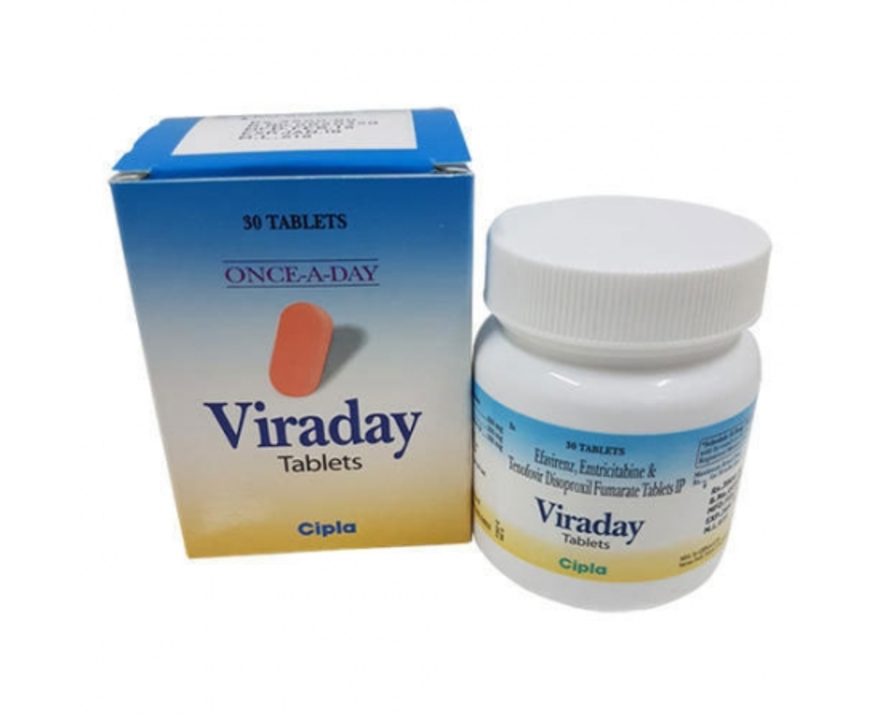Future — what’s next in medicine and how to handle it right now
The next few years will change how we get medicine, pay for it, and even what counts as treatment. You’ll hear a lot about new drugs (think semaglutide rivals), AI-driven care, mail-order pharmacies, and cheaper alternatives to pricey meds. That’s exciting, but it can also be confusing. Here’s a clear, practical guide to what to watch and what to do today.
What to watch right now
New drug classes and alternatives are appearing fast. For weight-loss and diabetes, semaglutide got people talking — and now there are alternatives and competitors in trials. For blood pressure, older drugs like nifedipine may get a second look depending on side effects and patient fit. Even common meds like antivirals and antibiotics are shifting as we learn more about resistance and dosing. If you follow one thing: watch reliable sources for FDA updates and peer-reviewed study results, not social posts or anecdote-heavy blogs.
Telehealth and mail-order pharmacies are becoming mainstream. That means getting prescriptions, refills, and even specialist consults from home. It saves time, but it also raises new risks: fake pharmacies, wrong doses mailed, and privacy slip-ups. Use pharmacy accreditation checks, read shipping and return policies, and keep copies of prescriptions and receipts.
How to stay safe and save money
Want practical steps? Start with these simple actions you can take today.
1) Ask if a generic or therapeutic alternative exists. Generics often work the same and cost much less. If a newer drug is marketed heavily, check alternatives first and talk to your clinician about pros and cons.
2) Check online pharmacy credentials. Look for pharmacy licensure in your country, a working contact number, and clear prescription requirements. Avoid sites that sell controlled drugs without a prescription.
3) Compare prices across pharmacies, including mail-order plans. Sometimes a 90-day supply via mail order is cheaper than monthly local fills. Use coupons, manufacturer savings programs, or patient-assistance programs when eligible.
4) Join clinical trials if you qualify and want early access to new therapies. Trials follow rules and often cover drug costs, but read consent forms and ask about risks.
5) Talk to your doctor about non-drug options. Diet, exercise, breathing techniques, and some supplements can lower the need for high-cost meds in certain conditions. Don’t start supplements without checking interactions.
Change in medicine is coming fast. You don’t have to chase every trend — focus on trusted evidence, honest medical advice, and smart shopping. When a new drug or service looks tempting, ask: is it proven, is it necessary, and can I get it safely and affordably?

The future of Efavirenz-Emtricitabine-Tenofovir in HIV treatment
As a blogger focused on HIV treatment, I am excited to discuss the future of Efavirenz-Emtricitabine-Tenofovir (EET) in HIV treatment. EET is a combination of antiretroviral medications that has shown great promise in managing HIV infections. Moving forward, we can expect to see continued research and development of this combination therapy, which may lead to further improvements in its efficacy and safety. Additionally, efforts are being made to make EET more accessible and affordable for those living with HIV. Overall, the future of EET in HIV treatment looks promising and has the potential to make a significant impact on the lives of those affected by the virus.
More Detail